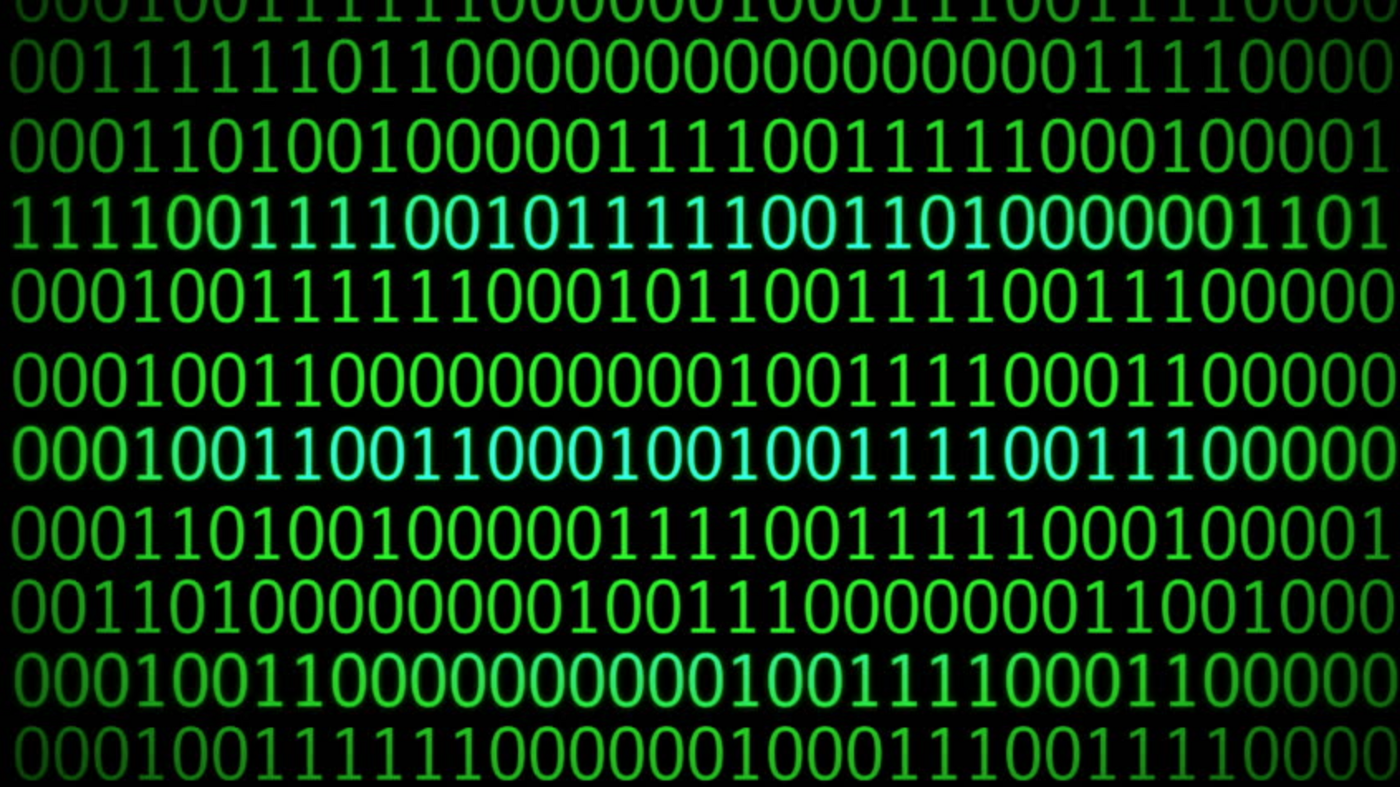justineanweiler.com – At the core of modern computing lies the concept of binary systems and logic gates. These fundamental principles underpin every electronic device, from simple calculators to complex supercomputers. Understanding how binary systems and logic gates work provides valuable insights into the inner workings of computers, making it a cornerstone of computer science and engineering.
What is a Binary System?
The binary system is a numerical representation that uses only two digits: 0 and 1. Unlike the decimal system, which is base-10, the binary system is base-2. This simplicity makes it ideal for digital electronics, where signals can easily represent two states: on (1) and off (0).
Why Binary?
- Reliability in Electronics: Binary minimizes the chance of errors in signal interpretation because circuits only need to distinguish between two states.
- Ease of Implementation: It aligns naturally with the behavior of switches, transistors, and other hardware components.
- Compatibility with Boolean Algebra: Binary forms the foundation of Boolean logic, which is essential for designing logical circuits.
Binary Arithmetic
The binary system allows for operations such as addition, subtraction, multiplication, and division, similar to the decimal system but using only two digits. For example:
- Binary Addition:
- 0 + 0 = 0
- 0 + 1 = 1
- 1 + 0 = 1
- 1 + 1 = 10 (carry the 1)
Logic Gates: Building Blocks of Digital Circuits
Logic gates are physical implementations of Boolean logic. These tiny circuits process binary data by taking one or more binary inputs and producing a single binary output.
Types of Logic Gates
- AND Gate
- Output is 1 only if all inputs are 1.
- Truth Table:
Input A Input B Output 0 0 0 0 1 0 1 0 0 1 1 1
- OR Gate
- Output is 1 if at least one input is 1.
- Truth Table:
Input A Input B Output 0 0 0 0 1 1 1 0 1 1 1 1
- NOT Gate
- Inverts the input; if the input is 0, the output is 1, and vice versa.
- Truth Table:
Input Output 0 1 1 0
- NAND Gate
- The inverse of an AND gate; output is 0 only if all inputs are 1.
- NOR Gate
- The inverse of an OR gate; output is 1 only if all inputs are 0.
- XOR Gate (Exclusive OR)
- Output is 1 if exactly one input is 1.
- XNOR Gate (Exclusive NOR)
- The inverse of XOR; output is 1 if inputs are the same.
Combining Logic Gates
Logic gates can be combined to create more complex circuits, such as adders, multiplexers, and memory units. These combinations form the basis of microprocessors, memory devices, and other critical components of computers.
Applications in Computing
- Arithmetic and Logic Units (ALUs): ALUs perform mathematical and logical operations within the CPU using combinations of logic gates.
- Data Storage: Binary data is stored in memory using flip-flops, registers, and other logic circuits.
- Signal Processing: Logic gates manage binary signals to process and transfer information effectively.
- Decision-Making Systems: Boolean logic governs conditional operations in programming and hardware decision-making processes.
Conclusion
Binary systems and logic gates are fundamental to the operation of computers. By representing information in 0s and 1s and processing it using logical operations, they form the foundation for all digital technologies. A strong understanding of these concepts is crucial for anyone aspiring to work in computer science, engineering, or related fields. From basic electronic devices to advanced artificial intelligence systems, the binary system and logic gates remain at the heart of innovation in computing.





